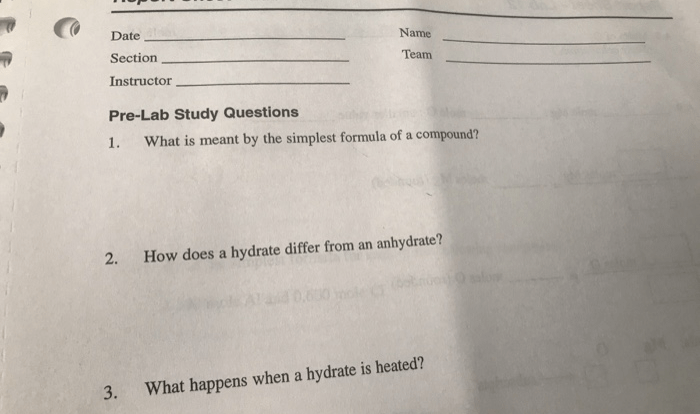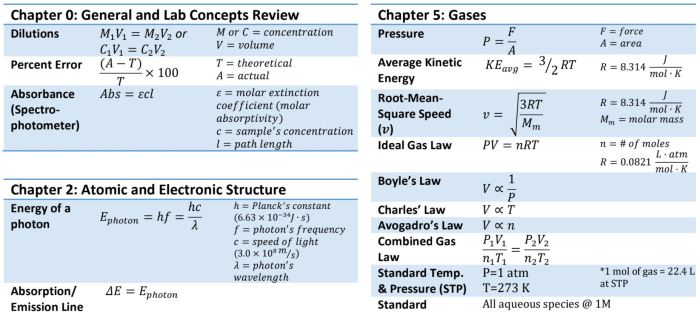Embarking on an exploration of covalent compound naming worksheet answers, this guide unveils the intricacies of this fascinating topic, providing a comprehensive resource for students and educators alike. Delving into the fundamental concepts of covalent bonding and nomenclature, this guide empowers learners to confidently navigate the complexities of covalent compound naming.
Through a systematic approach, this guide unravels the rules and conventions governing the naming of binary covalent compounds, polyatomic ions, and more. With a wealth of practice problems and detailed solutions, learners can solidify their understanding and master the art of covalent compound naming.
1. Covalent Compound Nomenclature Basics: Covalent Compound Naming Worksheet Answers
Covalent compounds are formed when atoms share electrons to achieve a stable electron configuration. The naming of covalent compounds follows specific rules that take into account the number and types of atoms present in the compound.
Simple covalent compounds consist of two non-metal elements. The first element in the name is the one that appears first in the periodic table, followed by the second element with the suffix “-ide”. Prefixes are used to indicate the number of atoms of each element present in the compound.
For example, “carbon dioxide” indicates that there are one carbon atom and two oxygen atoms in the compound.
2. Naming Binary Covalent Compounds
Binary covalent compounds are composed of two non-metal elements. To name a binary covalent compound, follow these steps:
- Identify the first element in the periodic table and use its element name.
- Identify the second element in the periodic table and use its element name with the suffix “-ide”.
- Use prefixes to indicate the number of atoms of each element present in the compound. The prefixes are listed in the table below.
| Prefix | Number of Atoms |
|---|---|
| mono- | 1 |
| di- | 2 |
| tri- | 3 |
| tetra- | 4 |
| penta- | 5 |
| hexa- | 6 |
3. Naming Covalent Compounds with Polyatomic Ions
Polyatomic ions are groups of atoms that carry a net charge. When a polyatomic ion is present in a covalent compound, the naming rules change slightly.
To name a covalent compound containing a polyatomic ion, follow these steps:
- Identify the cation (positive ion) and anion (negative ion) in the compound.
- Use the name of the cation followed by the name of the anion.
- Use parentheses around the polyatomic ion if it contains more than one atom.
Here is a list of common polyatomic ions and their names and charges:
| Polyatomic Ion | Name | Charge |
|---|---|---|
| NO3– | nitrate | -1 |
| SO42- | sulfate | -2 |
| CO32- | carbonate | -2 |
| OH– | hydroxide | -1 |
| NH4+ | ammonium | +1 |
4. Writing Chemical Formulas for Covalent Compounds
To write the chemical formula for a covalent compound, follow these steps:
- Determine the number of atoms of each element present in the compound.
- Use the element symbols to represent each element.
- Use subscripts to indicate the number of atoms of each element present in the compound.
For example, the chemical formula for carbon dioxide is CO 2, which indicates that there is one carbon atom and two oxygen atoms in the compound.
5. Practice Problems and Solutions
Problem 1:Name the following covalent compound: CO 2
Solution:Carbon dioxide
Problem 2:Write the chemical formula for the following covalent compound: nitrogen trichloride
Solution:NCl 3
Problem 3:Name the following covalent compound: NH 4Cl
Solution:Ammonium chloride
Commonly Asked Questions
What is the difference between a covalent bond and an ionic bond?
A covalent bond is formed by the sharing of electrons between atoms, while an ionic bond is formed by the transfer of electrons from one atom to another.
How do I name a binary covalent compound?
To name a binary covalent compound, first identify the elements present and determine the number of atoms of each element. Then, use the element names and prefixes to indicate the number of atoms of each element.
What is a polyatomic ion?
A polyatomic ion is a group of atoms that carries a charge and acts as a single unit in chemical reactions.


